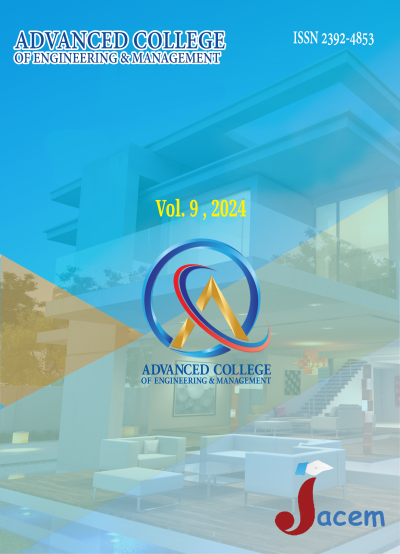Simulation for Sand Erosion in Kaplan Runner Blade: A Case Study of Gandak Hydro Power Station
DOI:
https://doi.org/10.3126/jacem.v9i1.71449Keywords:
Sand Erosion, Computational Fluid Dynamics (CFD), Kaplan Runner Blade, Bulb Turbine, Discrete Phase ModelingAbstract
Gandak Hydropower station (GHPS) is located at Nawalparasi of total capacity 15 MW with adjustable blade bulb/tubular turbine with three units of each 5 MW. Huge sand concentration especially during monsoon and over 40 years of operation, turbine components at GHPS are severely eroded. This study aimed to detect the erosion prone section of Kaplan runner blade by CFD analysis using ANSYS Fluent and comparing qualitatively with eroded runner blade of GHPS. Sand analysis as per site conditions was performed in lab for mineral content, particle size distribution and sediment concentration. It can be concluded from the results of CFD simulations, mostly upper portion of blade region is affected by sediment erosion. In upper portion, trailing edges are more densely affected than leading edges. Erosion rate density increases with increase in sediment particle size and sediment concentration. Comparing qualitatively of eroded Kaplan runner blade at GHPS and CFD simulation results, erosion most affected zone of Kaplan runner blade is found to be similar. To increase life of runner blade from effects of sand erosion, upper portion of blade surface should be frequently observed and protected by suitable coatings.
Downloads
Downloads
Published
How to Cite
Issue
Section
License
JACEM reserves the copyright for the published papers. Author will have right to use content of the published paper in part or in full for their own work.




